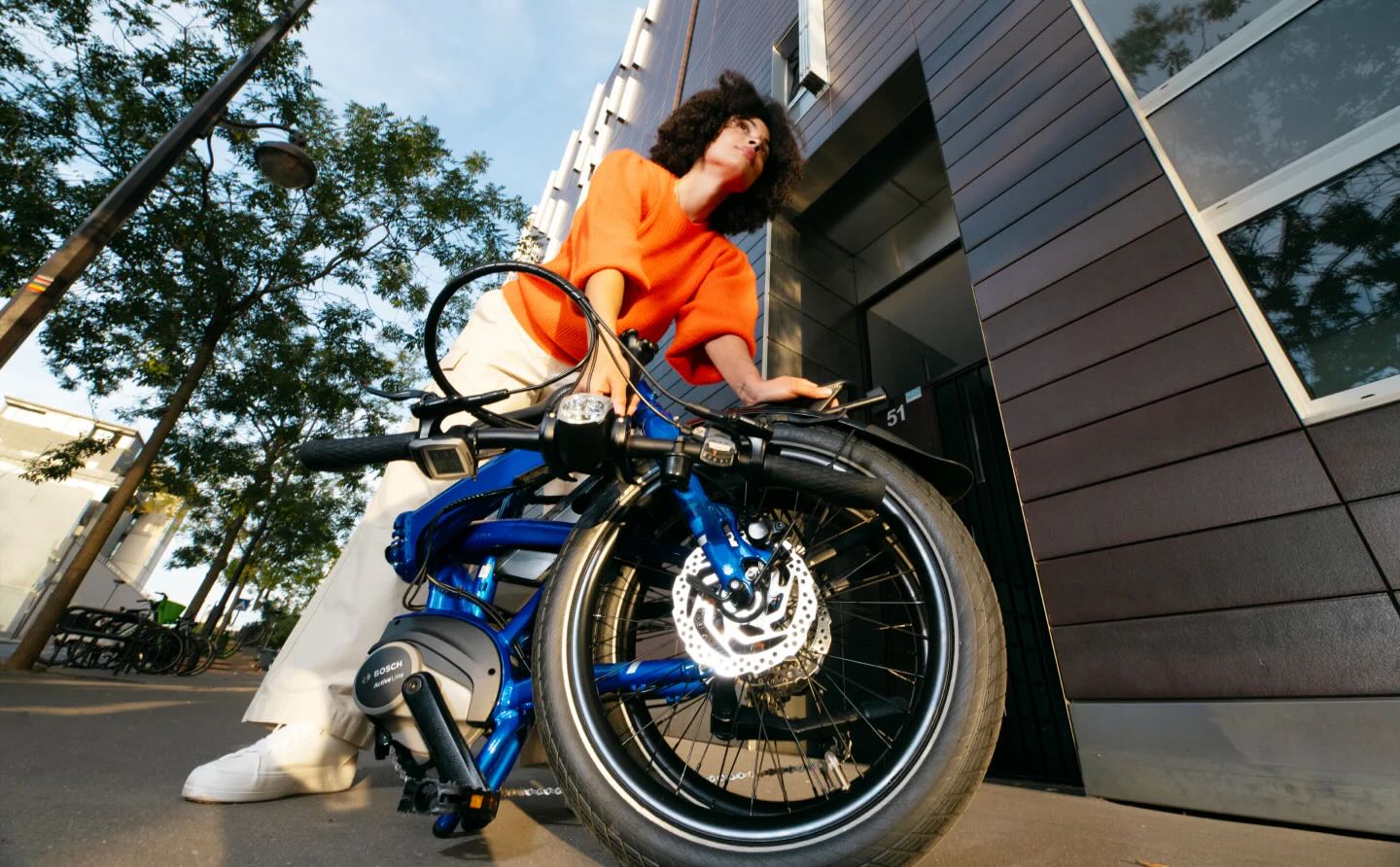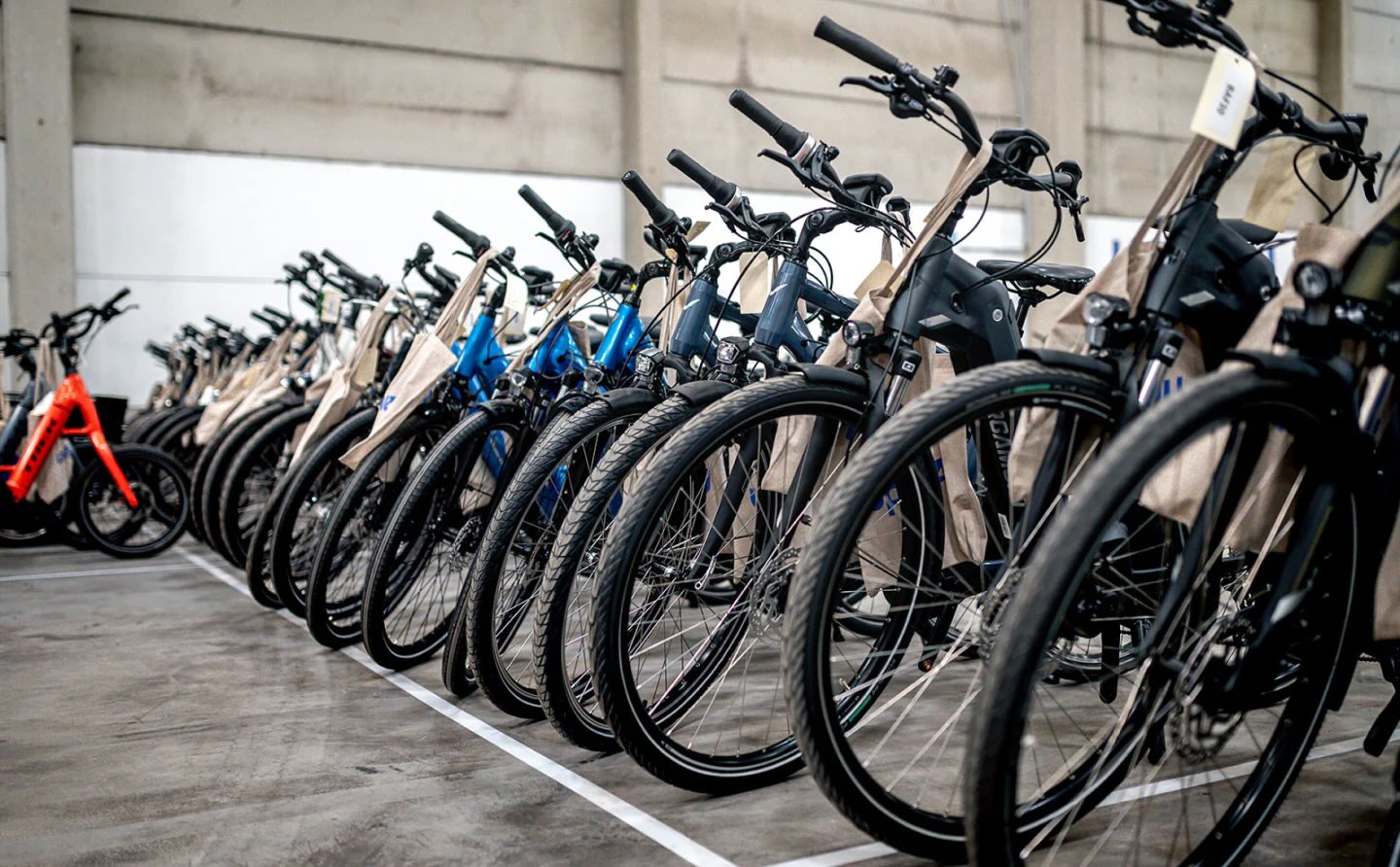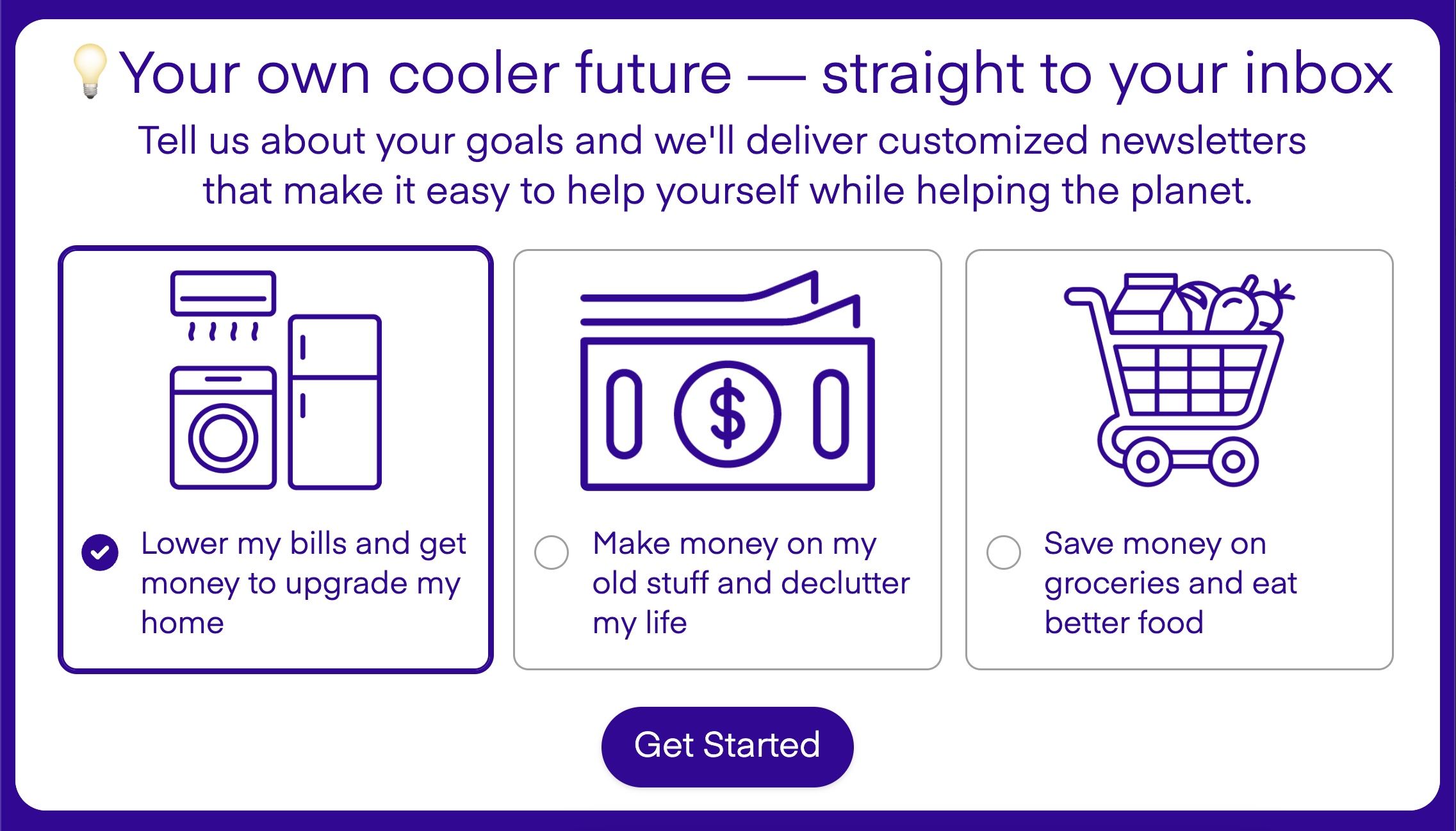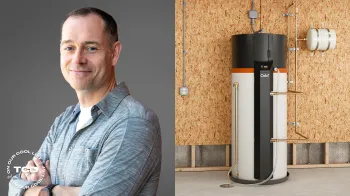A new study shows we already have everything we need to slash pollution from buildings and transportation, reported Tech Xplore. These two areas create over a quarter of global pollution and use nearly 60% of the world's energy.
The research, published in Nature Energy, maps out three simple actions that would make our buildings and transportation much cleaner: switching to electric power, using energy more efficiently, and changing how we use energy day-to-day.
These changes could reduce building-related pollution by up to 85% and transportation pollution by up to 91% by 2050. The best part? We can do it all with tools that exist today.
"These results demonstrate that the transition to clean energy in buildings and transport can be more manageable than previously thought," explained Johannes Emmerling, Senior Scientist at the Euro-Mediterranean Center on Climate Change (CMCC).
"By combining electrification with improved efficiency and smarter energy use, we can achieve dramatic emissions reductions while actually reducing strain on electricity systems — leading to lower costs and fewer infrastructure challenges as we tackle climate change."
The study shows that switching to electric vehicles and heat pumps, adding better insulation, using more efficient air conditioning, and making small adjustments like thermostat settings can make a huge difference.
Watch now: Giant snails invading New York City?
Unlike past research that looked at individual solutions separately, this study used seven different models to see how these strategies work together. "Our study highlights the often-overlooked demand side of decarbonization," said Alice Di Bella, Ph.D. candidate and affiliated researcher at CMCC. "By comparing results from multiple models, we provide robust evidence that electrification, efficiency, and behavioral shifts are practical and effective solutions for climate mitigation."
The research suggests focusing on all three strategies together works best. Switching everything to electric power could strain the grid, but combining it with smarter energy and efficiency creates an affordable path forward.
"Our work highlights that the tools to cut emissions are already in our hands," Emmerling said. "The main challenge lies not in technology but in policy and strategic implementation.
|
Should the government be paying us to upgrade our homes? Click your choice to see results and speak your mind. |
"By combining these strategies smartly, we can achieve significant reductions while making the transition more affordable, reducing strain on electricity grids, and ensuring a more sustainable future."
TCD Picks » Upway Spotlight

Join our free newsletter for weekly updates on the latest innovations improving our lives and shaping our future, and don't miss this cool list of easy ways to help yourself while helping the planet.


















